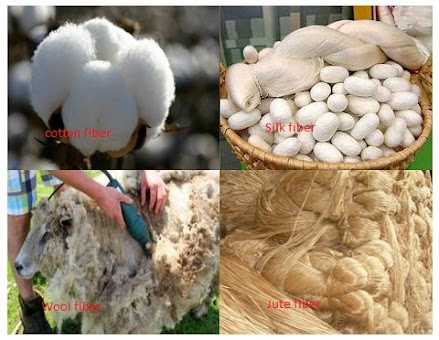Textile fiber is a fiber that can be spun into a yarn or made into a fabric by various methods including,
spinning, knitting, weaving and bonding, felting, and twisting.
Types of Textile Fiber:
Generally two types of fiber
Natural fiber
Synthetic fiber or Manmade fiber or Artificial fiber
Natural Fiber:
Natural fibers include those fibers which are produced from plants, animals, and geological processes.
They are biodegradable over time. They can be classified according to their origin.
Vegetable Origin
Seed & Fruits Fiber (Cotton, Coir)
Bast Fiber (Jute, Flax, Ramie)
Leaf Fiber (Sisal, Manila)
Animal Origin
Wool & Hair fiber
Silk & Others filaments
Mineral Origin (asbestos fiber)
Synthetic fiber or Man-made fiber or artificial fiber:
Synthetic fibers are produced by the polymerization of various monomers.
In general, synthetic fibers are created by extruding fiber-forming materials through spinnerets into air
and water, forming a thread. These fibers are called synthetic or artificial fibers. It is made by the man for this reason.
Synthetic fiber can be classified according to two types.
Natural Polymer Based
Cellulosic
Cellulose Ester
Protein
Miscellaneous
Synthetic Polymer Based
Polyamides
Polyester
Polyvinyl Derivatives (PVA, PTFE, Polystyrene, etc.)
Polyolefin
Polyurethanes (Elastomer)
Miscellaneous



Post a Comment